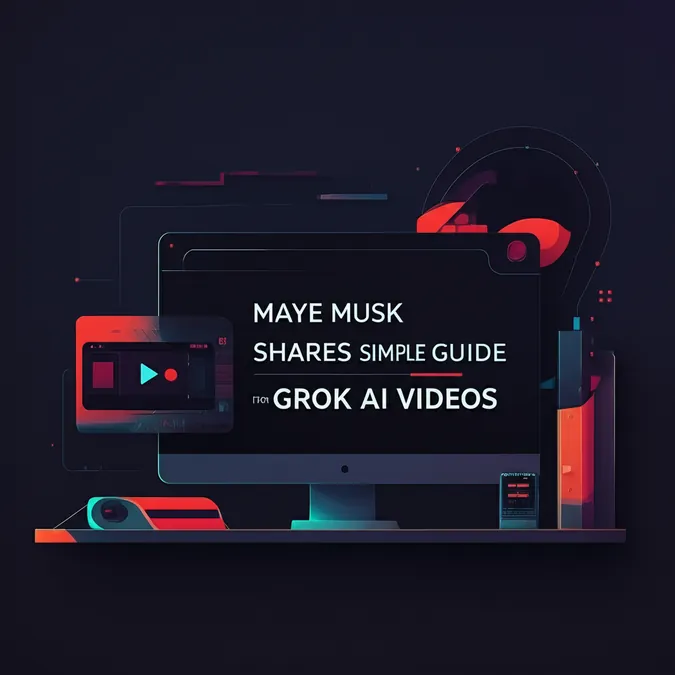Developer Offer
Try ImaginePro API with 50 Free Credits
Build and ship AI-powered visuals with Midjourney, Flux, and more — free credits refresh every month.
Five Paid AI Tools You Can Replace For Free
The excitement around AI has led to a surge in subscription services, but it's gotten out of hand. After testing numerous premium AI tools, I've found that most don't justify their monthly fees. You are often paying for features that are readily available for free, and sometimes the free versions even deliver superior results.
Why Pay? Free AI Chatbots Are More Than Enough
The case against paid AI chatbot subscriptions is stronger than ever, especially with the launch of models like OpenAI's GPT-5, which offers free access to its most advanced capabilities for a set number of daily requests. Subscriptions for services like ChatGPT Plus or Claude Pro, both around $20 a month, primarily offer faster response times and priority access. My experience shows that for about 90% of common tasks—like conversations, coding assistance, and research—the free versions are perfectly adequate.
With GPT-5, the AI now intelligently selects the best model for your query on its own, simplifying the user experience on both free and paid tiers. And if you ever hit a usage limit, you can simply switch to another free chatbot. A great strategy is to use an all-in-one platform like Poe, which gives you free access to multiple models like Claude and GPT-5 in one place.
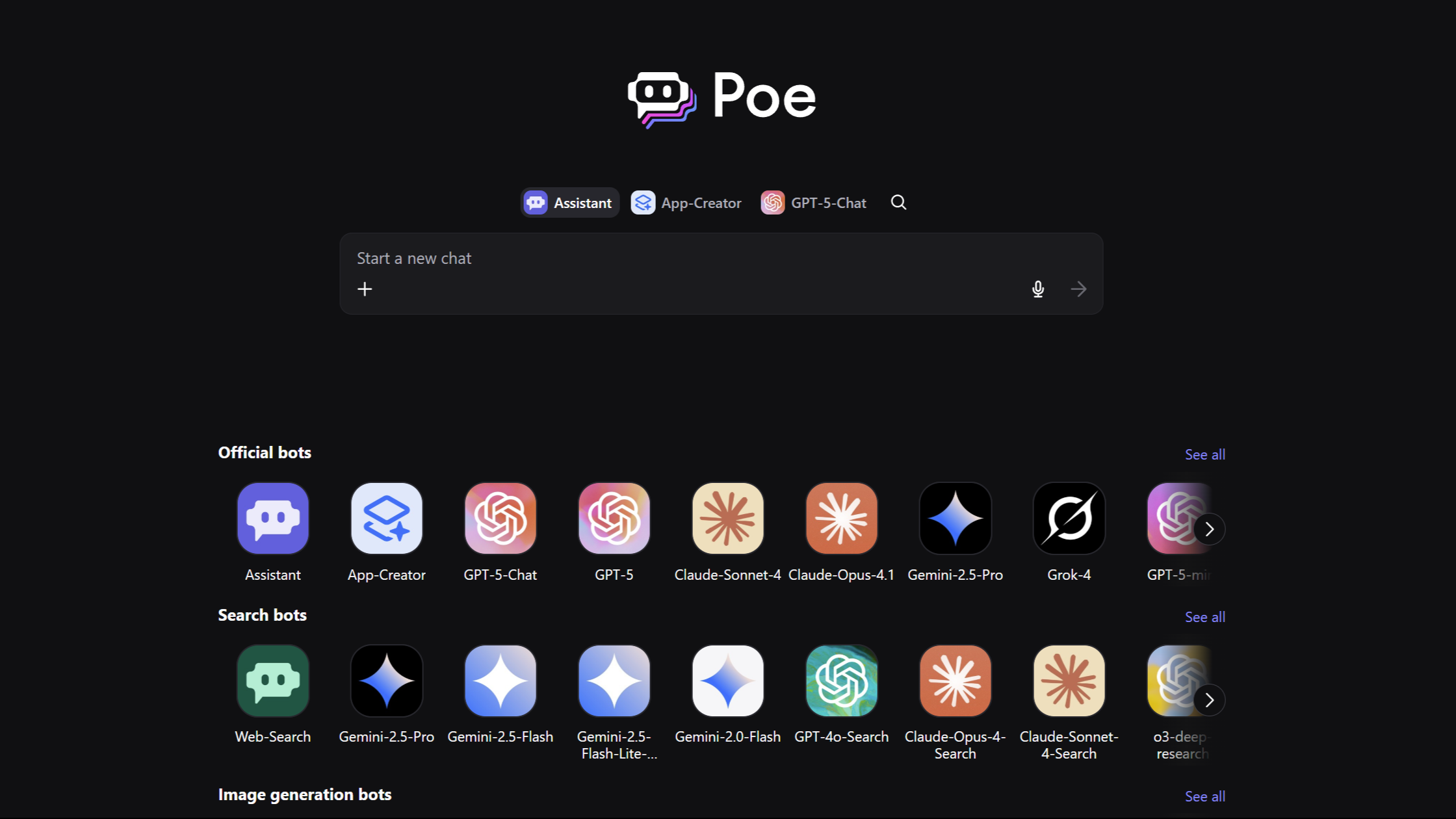
Many paid apps are just “wrappers” using another company's API while charging you a premium for a slightly different interface. Unless you have specific business needs for enterprise features like custom GPTs, you can save your money. For general use, the free options are more than powerful enough.
Skip the Subscription on Basic AI Image Generators
Paying for a basic AI image generator subscription is often a mistake. The initial novelty wears off quickly when you're left with generic and uninspired images. The quality gap between paid and free tools has also narrowed significantly, with major tech companies offering impressive capabilities at no cost.
For example, Leonardo.AI provides 150 free generations daily, which is plenty for most casual users.
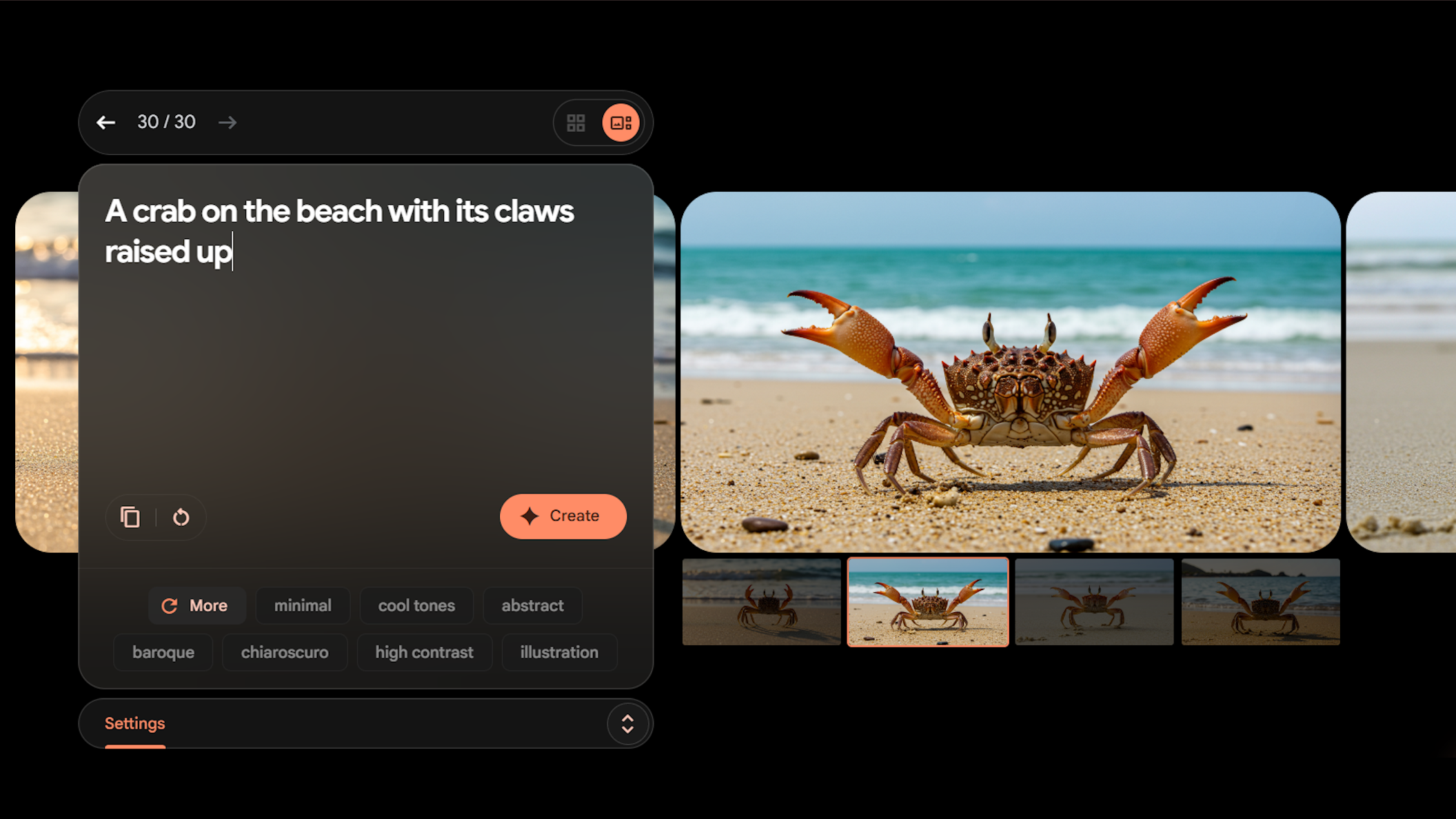
Even with a paid plan, AI-generated images often need considerable editing to fix strange artifacts or low resolution. Instead of paying for generic results, consider using AI to enhance your own creative work. A free tool that generates visuals from your existing photos, for example, produces more unique and personalized content.
AI Resume Builders: A Redundant Expense
Standalone AI resume builders like Resume.io or Zety, which can cost $15-$30 per month, often produce generic, buzzword-filled resumes that fail to stand out. These tools have become redundant because general AI chatbots like ChatGPT or Copilot can perform the exact same tasks for free. You can ask a chatbot to tailor your resume to a job description, and you have more direct control over the outcome.
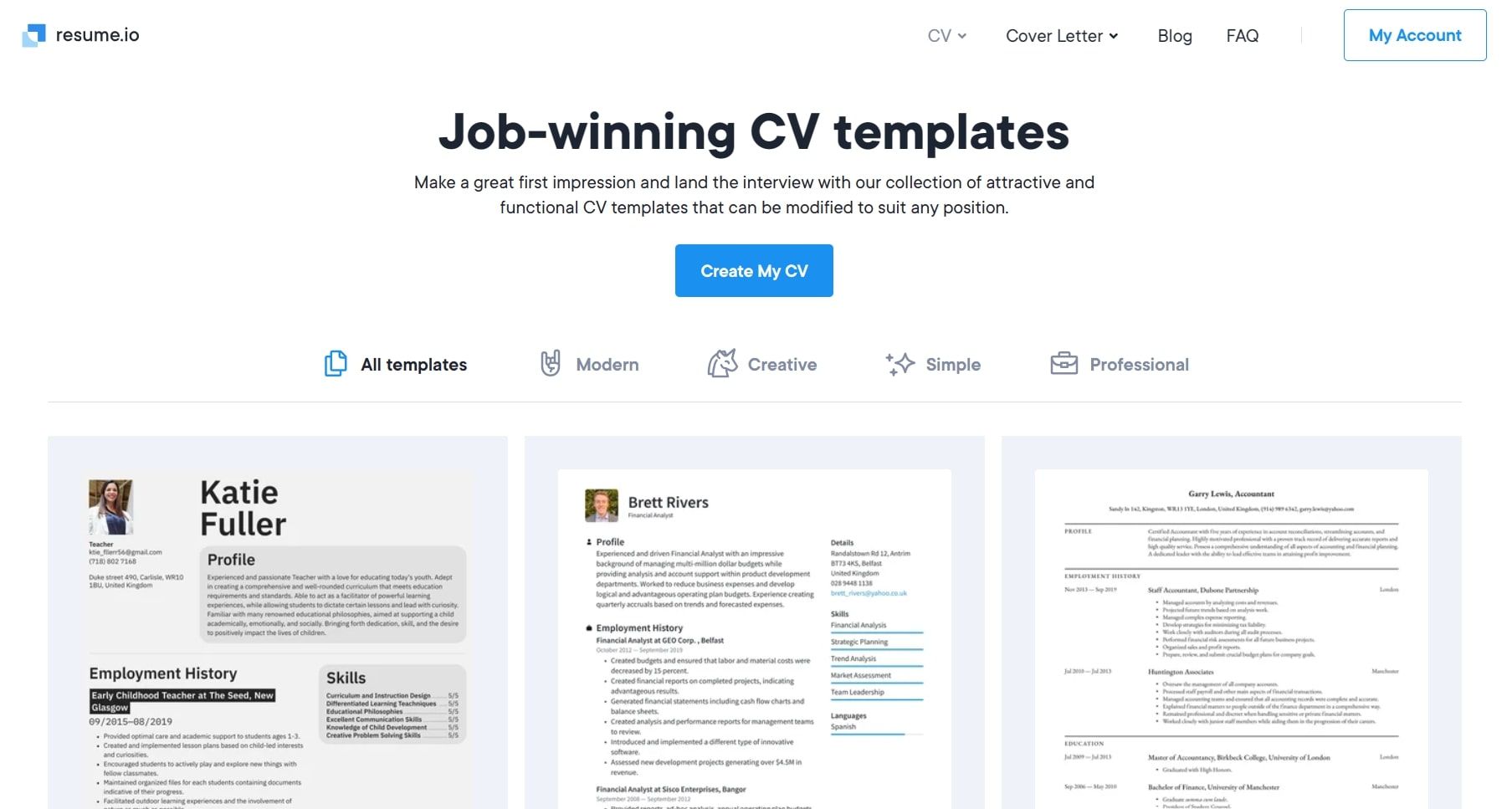
While paid platforms offer nice templates, you can get the same polished look using free tools like Canva or Microsoft Word templates and pasting in your AI-generated text. A major risk with paid tools is factual inaccuracy; they can invent metrics or responsibilities. Relying on free AI tools as a foundation while adding your own personality is a safer and more effective approach.
The Obsolescence of Paid Paraphrasing Tools
Services like QuillBot once led the market for paraphrasing, but their business model has been challenged by the rise of powerful, free AI chatbots. In many cases, ChatGPT and Claude offer better contextual understanding and produce more readable text than specialized paraphrasing tools.
The same is true for summarization services. Why pay for a subscription when any free chatbot can summarize an article with a simple prompt? While some online paraphrasing tools are useful for quick edits, their premium features offer nothing you can't get for free from a general AI that can process entire documents without word limits.
AI Logo Makers: A Recipe for Generic Branding
AI logo makers often do more harm than good. For a fee of $50-$200, these services produce generic logos from stock icons and fonts, meaning dozens of other businesses could end up with a nearly identical design. This creates a weak brand identity that fails to be memorable or unique.
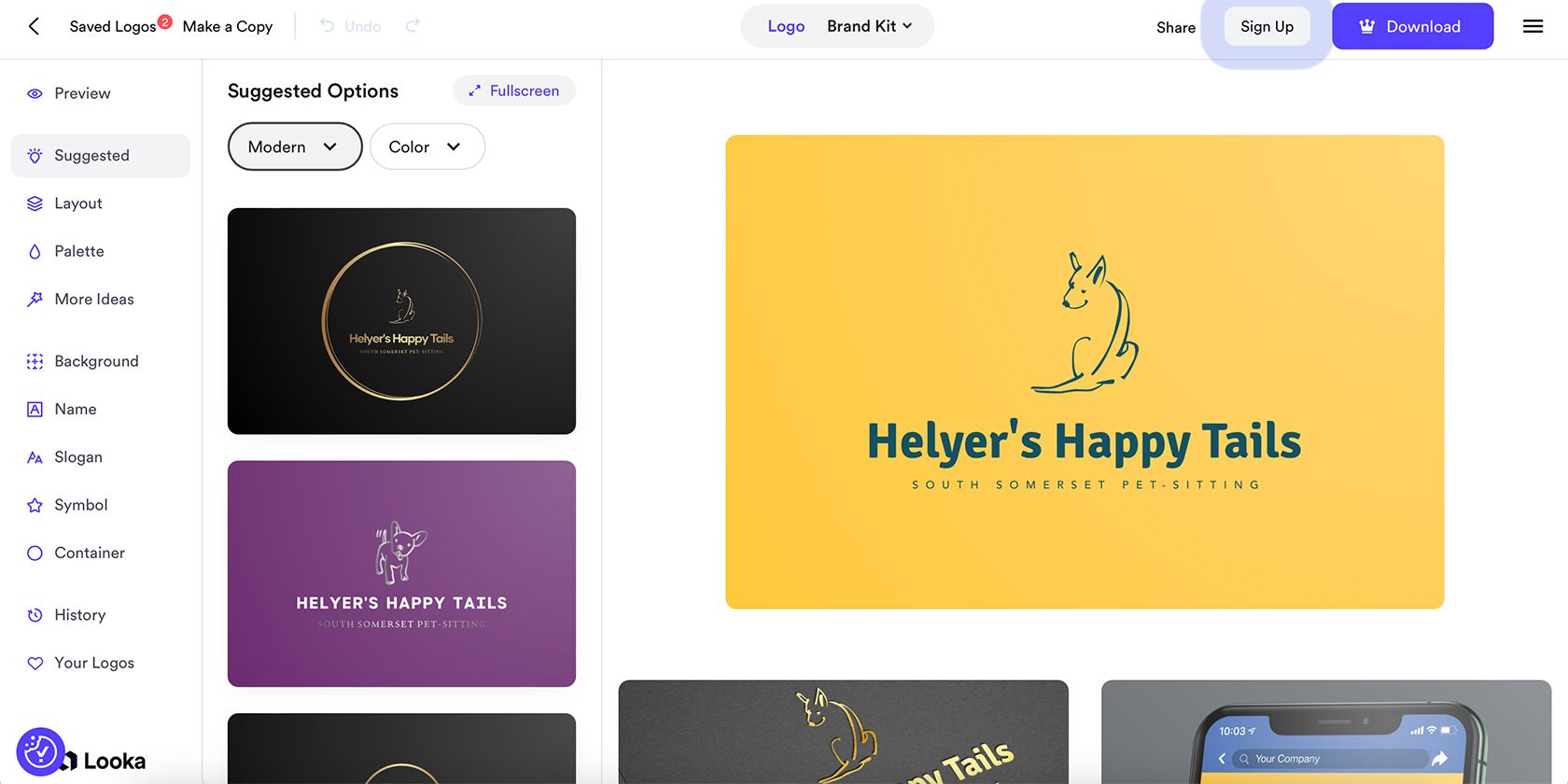
Furthermore, there are serious copyright concerns with AI-generated art, as the models are trained on existing logos, potentially leading to unintentional trademark infringement. Real branding requires strategic thought about your audience and market, something an algorithm can't do. If you need a logo, you are better off using Canva's free logo maker for a similar result or, ideally, hiring a freelance designer.
Unsubscribe and Save
The irony is that many companies charge premium prices for AI features that are better when accessed directly from the source. You can save hundreds of dollars a year by cutting out these middlemen. Often, the best upgrade you can make is simply to unsubscribe.
Compare Plans & Pricing
Find the plan that matches your workload and unlock full access to ImaginePro.
| Plan | Price | Highlights |
|---|---|---|
| Standard | $8 / month |
|
| Premium | $20 / month |
|
Need custom terms? Talk to us to tailor credits, rate limits, or deployment options.
View All Pricing Details